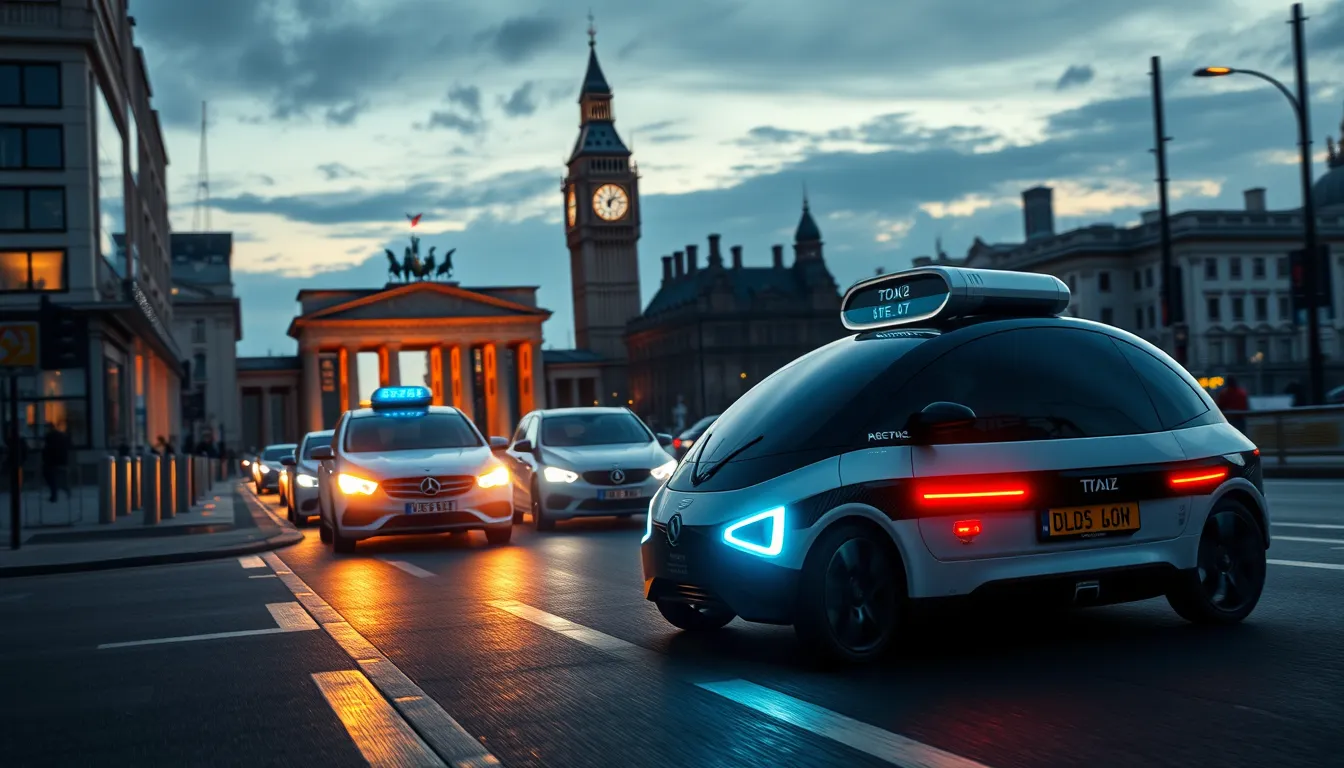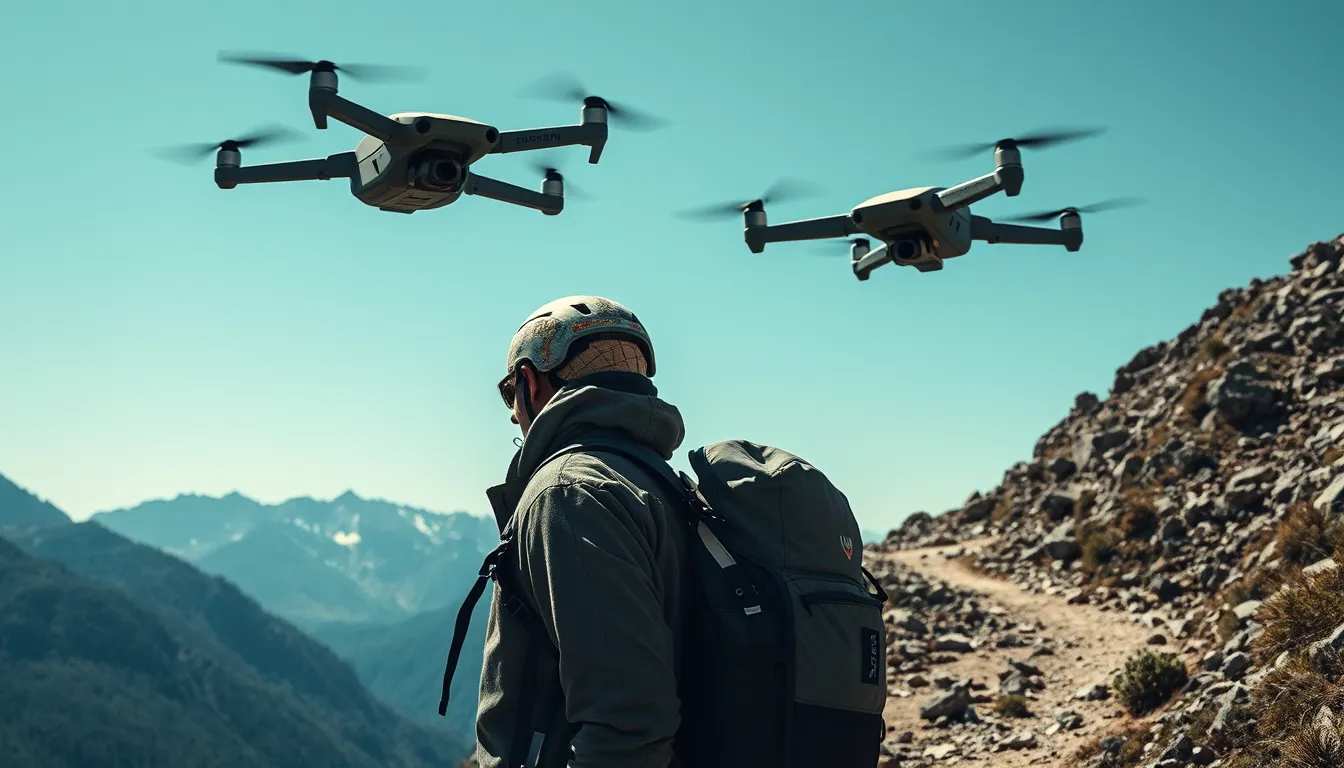Now Reading: Autonomous Robotaxis: Revolutionizing Urban Transportation
-
01
Autonomous Robotaxis: Revolutionizing Urban Transportation
Autonomous Robotaxis: Revolutionizing Urban Transportation

Autonomous Robotaxis: Revolutionizing Urban Transportation
Introduction
In the rapidly evolving realm of urban transportation, autonomous robotaxis are emerging as a groundbreaking solution. Bolstered by advanced self-driving technology and rigorous safety standards, these vehicles are reshaping how major cities approach mobility. A notable example is the strategic collaboration between Lyft and Baidu, two industry giants that combine cutting-edge AI with expansive ride-sharing networks. This fusion of technology and transportation sets the stage for safer, more efficient urban travel.
The Emergence of Autonomous Robotaxis
Autonomous robotaxis are at the forefront of transforming urban transportation. Utilizing sophisticated AI systems, these self-driving taxis can navigate complex city environments with precision. They promise to relieve common urban issues such as traffic congestion, reduce carbon emissions, and provide an eco-friendly alternative to traditional vehicles. The integration of autonomous technology not only enhances operational efficiency but also paves the way for the future of urban mobility.
Lyft and Baidu Collaboration: A Landmark Partnership
The collaboration between Lyft and Baidu marks a significant milestone in autonomous vehicle development. This partnership is built on solid foundations:
- Integration of Baidu’s cutting-edge AI with Lyft’s extensive ride-sharing expertise.
- Joint research and development to ensure the highest safety standards for robotaxi deployment.
- A shared commitment to innovating urban mobility and reducing environmental impact.
This partnership represents urban mobility innovation at its best, where technology meets practical application. With plans to deploy autonomous robotaxis in the United Kingdom and Germany, both companies aim to set new benchmarks in safety and performance, providing a replicable model for cities around the globe.
Advanced AI and Safety Protocols
One of the most critical factors in the success of autonomous robotaxis is the deployment of advanced AI technology. This AI not only supports navigation and real-time decision-making but also underpins the safety measures integral to robotaxi operations. Key safety protocols include:
- Rigorous testing in controlled environments prior to public rollout.
- Continuous data monitoring to ensure vehicles can handle dynamic urban traffic patterns.
- Adherence to stringent robotaxi deployment safety standards, ensuring both passenger and pedestrian protection.
These comprehensive safety measures are vital in building trust among the public and regulatory bodies. The focus on safety, combined with advanced AI, reassures city officials and future passengers that the journey towards automated urban transportation is both secure and sustainable.
Environmental and Economic Impacts
The introduction of autonomous robotaxis is expected to yield significant environmental and economic benefits. Urban centers, particularly in the United Kingdom and Germany, are keen to embrace innovations that can alleviate traffic congestion and lower pollution levels. Furthermore, the reduced operational costs compared to traditional taxi services make autonomous robotaxis an economically attractive alternative. The anticipated benefits include:
- Reduced carbon footprints, contributing to cleaner air and a healthier urban environment.
- Enhanced economic efficiency through decreased reliance on fossil fuels.
- Revitalized public transportation systems that are more adaptive to the evolving needs of city residents.
Challenges and the Road Ahead
Despite the promising advancements, several challenges remain. Regulatory hurdles, public skepticism, and the complexity of integrating self-driving vehicles into existing traffic systems are among the primary concerns. However, early testing phases have delivered encouraging outcomes, with autonomous robotaxis demonstrating effective performance in urban environments. Continuous collaboration between technology providers, local governments, and safety authorities will be crucial in overcoming these obstacles and achieving widespread adoption.
Conclusion
As cities embrace the future of transportation, autonomous robotaxis stand out as the harbingers of change. The collaborative venture between Lyft and Baidu underscores a commitment to innovation, safety, and environmental stewardship. By employing advanced AI and adhering to strict safety standards, these self-driving taxis are poised to redefine urban mobility, ensuring efficient, safe, and sustainable transit options for the future.
For additional insights, visit the official websites of our collaborators: Lyft and Baidu.
In summary, autonomous robotaxis are set to revolutionize urban transportation by merging groundbreaking technology with forward-thinking partnerships and robust safety protocols. This transformative trend is an exciting step toward a future where urban mobility is reimagined and revitalized.

























